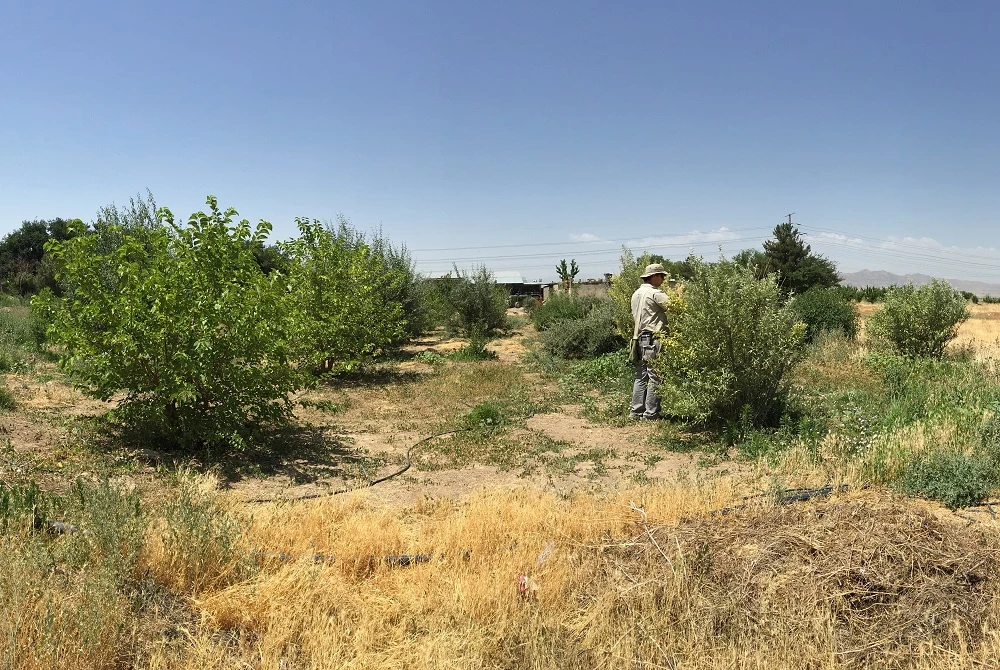It can be challenging, trying to selectively kill off an invasive plant that grows in amongst non-target native species. A new initiative is aiming to do just that, however, by introducing a weed-eating mite into the Canadian environment.
The plant in question, the Russian olive (Elaeagnus angustifolia), is a small deciduous tree native to southeastern Europe and Asia.
In the 19th century, European settlers began bringing it into the US and Canada for use as a shade tree and windbreak. Since then, it has spread throughout numerous American states and Canadian provinces, where it crowds out native plants, reduces nesting sites for birds, changes soil chemistry, and otherwise disrupts the ecological balance.
Starting in 2007, an international team of scientists – from the Centre for Agriculture and Bioscience International (CABI), Serbia's University of Belgrade, and Iran's Ferdowsi University – began exploring the use of mites to control Russian olives.
More specifically, the researchers looked to a mite known as Aceria angustifoliae, which occurs naturally in the plant's area of origin. Every spring, the arachnids feed on the shoots, flowers and fruits of Russian olive plants. Depending on the extent of the damage, this activity may kill the plants, or at least reduce their rate of growth.

In outdoor experiments conducted in Iran and CABI's home country of Switzerland, it was determined that the A. angustifoliae mites target a very narrow range of plants, likely only going after the Russian olive in natural field conditions.
Based on these findings, in 2019 CABI teamed up with two scientists – Dr. Rosemarie De Clerck-Floate from Agriculture and Agri-Food Canada (AAFC), and the University of Wyoming's Dr. Tim Collier – to petition for release of the mites in North America. The Canadian Food Inspection Agency has now granted permission for that to happen within Canada, under the authority of the Canadian Plant Protection Act.
It is hoped that the first releases will take place next spring, likely beginning in the provinces of British Columbia and Alberta, where wild-growing Russian olives are particularly problematic.
"Permission to release Aceria angustifoliae in Canada is a major step forward to having a viable biological control to tackle Russian olive in Canada and, perhaps in time, other parts of North America," said CABI's Dr. Philip Weyl.
The research is described in a paper that was recently published in the journal Biocontrol Science and Technology.
Source: CABI




